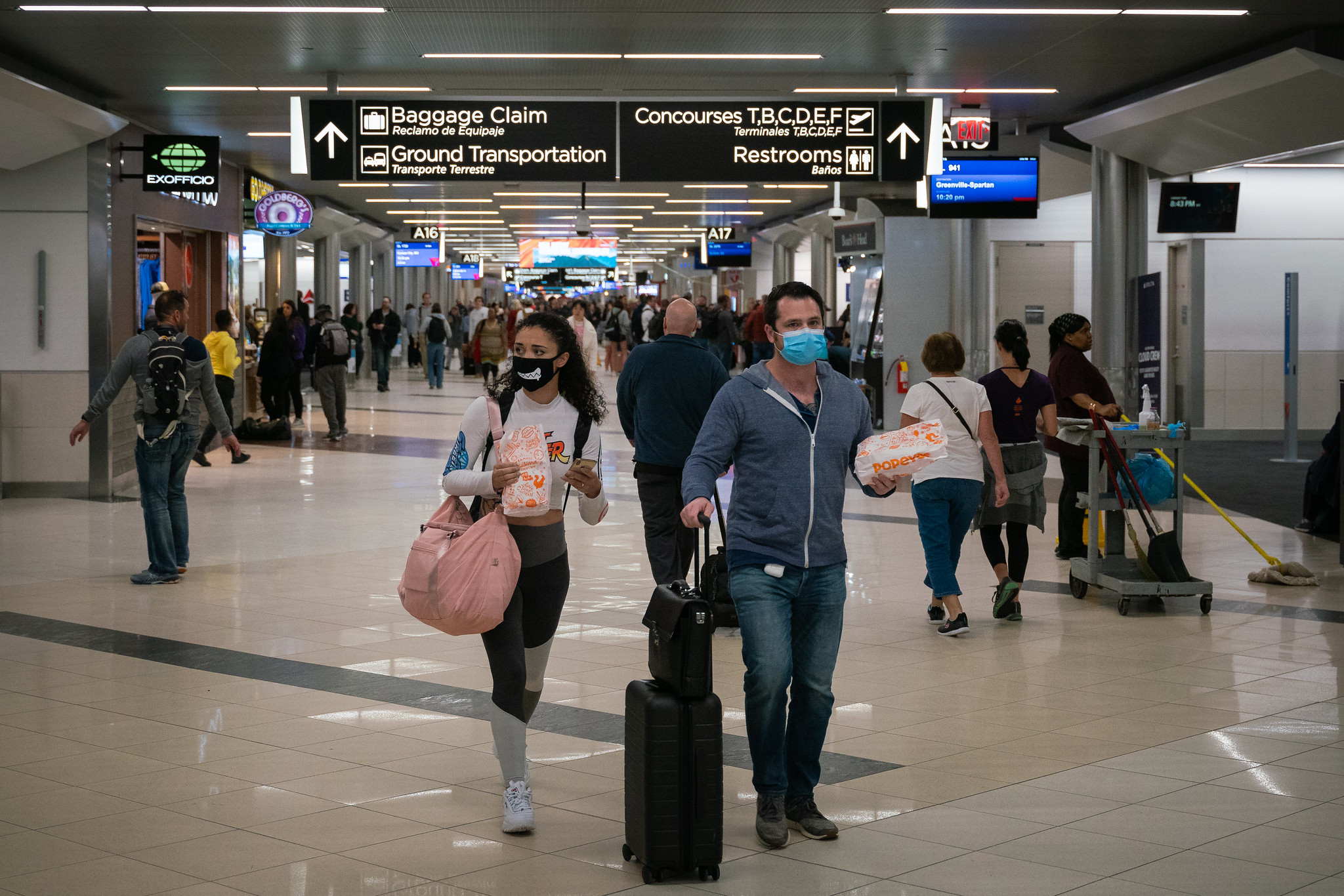Could Spain’s COVID-19 response provide a roadmap for the United States?

A few minutes every morning is all you need.
Stay up to date on the world's Headlines and Human Stories. It's fun, it's factual, it's fluff-free.
On Monday, March 9, the Spanish government announced it would be closing schools for two weeks in regions badly affected by the rapidly spreading coronavirus. The following day, United States President Donald Trump was seeking to downplay the situation, assuring Americans that COVID-19 would “go away” and promising “a lot of good things are going to happen.”
Just days later, all of Spain was locked down and Trump declared a national emergency as the pandemic worsened. The rapid progression of the virus’ spread caught many countries unaware.
But now, more than a month after much of the world went into lockdown, Spain is preparing to ease restrictions and many states within the US are facing pressure to reopen.
With Spain one of the hardest-hit Western countries, their path out of lockdown may offer the US a roadmap for the possibilities, and pitfalls, of reopening the country.
Spain enters lockdown
When Spain announced the two-week school closures, the country had just experienced a doubling of infections. There were nearly 2,300 cases and 55 deaths. A week later, the number of deaths was five times that and increasing daily.
On April 30, Spain has recorded the second-most official cases in the world, at just over 230,000. The US has the most cases, with over one million.
On Friday, March 13, Spain’s Prime Minister, Pedro Sánchez, announced an “estado de alarma” (state of alarm) as the severity of the pandemic increased. The next night, Sánchez again appeared on television to tell the country that the government was enforcing a temporary country-wide lockdown to try to halt the spread. In a few weeks, the lockdown would be extended, and then extended again.
On the same weekend Spain was entering lockdown, the US announced that it was widening a travel ban that Trump had first put into effect the previous Wednesday. It was also reported that Trump had been tested for COVID-19 and the results were negative.
Over the next few weeks, both countries would experience a dramatic increase in infections and deaths.
Aid responses to COVID-19

Like the US, the Spanish government quickly worked to pass an aid package to help businesses and individuals who were struggling amid the lockdown. By March 17, Spain had set aside aid worth €200 billion for the crisis, with half of it set aside for business loans. The aid package also included a mortgage freeze for homeowners.
On March 27, Trump signed a bipartisan aid package amounting to US$2.2 trillion, the largest bailout in US history. US legislatures have returned to pass additional aid packages, including two separate multi-billion dollar packages aimed directly at small businesses.
Spain’s leftwing government, headed by Sánchez’s Socialist Workers’ Party (PSOE; Partido Socialista Obrero Español), has further pushed for a Universal Basic Income (UBI) to help all citizens even after the current crisis is over. A UBI would ensure all qualifying citizens of the country would receive a base level of income every month.
Though the scheme has faced resistance from rightwing factions of the government, Spain is finalizing a €5.5 billion annual system that would provide a guaranteed minimum income to families in poverty.
Spain begins to reopen
Spain’s lockdown, one of the strictest in the world, has kept most of its citizens at home for more than six weeks. Italy, once the second hardest-hit country in the world after China, has allowed its citizens to do essential jobs and walk pets, like Spain, but has also allowed people to exercise outside and is looking at easing restrictions even further at the beginning of May.
Spanish residents have not been permitted to exercise outside. However, on Sunday, April 26, children under 14 were allowed out of their houses for the first time since mid-March. This marked one of the first major indications that Spain was ready to ease up lockdown restrictions.
Two weeks earlier, the country had allowed industry and construction workers to return to work.
Spain is now considering easing restrictions even further by allowing adults to exercise and take walks outside, starting May 1. That, though, would be dependent on the number of new cases continuing to fall.
This week saw the number of daily new coronavirus-related deaths in Spain drop below 300 for the first time since March.
Additionally, new daily cases have fallen below one percent, as opposed to a high of 38 percent when the country first went into lockdown. Despite these promising numbers, the government is being cautious, not wanting to reopen too quickly and risk a second wave of infections.
States attempt to reopen
As protests against the lockdowns around the US make news, some states have started to reopen, against the advice of health experts. Of particular interest is Georgia, whose Republican governor, Brian Kemp, has allowed many businesses to reopen in an attempt to restart his state’s economy.
Despite Trump having advocated for “liberating” states on Twitter, the president publicly criticized Kemp for his decision. Georgia has allowed restaurants, gyms, theaters, hair and nail salons and even bowling alleys to reopen.
Trump’s rebuke reportedly has led some other state governors to reconsider reopening. Kemp has also been accused of seeking to reopen businesses not to help the economy, but to kick people off of public benefits.
Experts caution against reopening
Kemp’s decision directly conflicts with the recommendations of the White House COVID-19 Task Force.
Like Spain’s government, the Task Force has advocated reaching a certain threshold of reduced cases before attempting to reopen states. This is referred to as the “gating criteria” and is meant to ensure a second wave doesn’t occur after states reopen.
The health experts on the Task Force are in agreement that the US should reopen cautiously and only after contact tracing – a digital method for tracking the spread of the diseases – is in full effect. Various types of contact tracing apps have already been implemented in Asian countries and some European countries, including Spain.
Though many Americans are eager to reopen the country, the number of newly identified cases in the US remain high, having recently overtaken all of Europe. This suggests the country remains at least a couple of weeks behind countries like Spain in terms of safely reopening.
If Spain sees a spike in infections after easing its restrictions, it may indicate that the US should be prepared to remain in lockdown for longer.
[article_ad]
Have a tip or story? Get in touch with our reporters here!
Sign up for daily news briefs from The Millennial Source here!




Comments ()